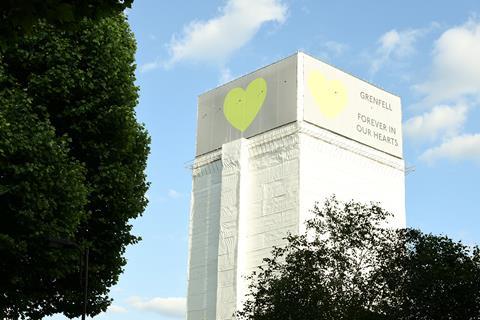- News
Regulations latest
All the latest updates on building safety reform
- Focus
- Comment
- Data
- Programmes
- CPD
- Events
- Jobs
- Subscribe
- Building Boardroom
Will biodiversity rules prove a net gain for the housebuilding sector?

From this month, all developments will have to show how they increase biodiversity by 10%. Joey Gardiner examines what the policy means
Almost six years after Michael Gove as environment secretary first promised to make protecting the natural world go “hand in hand” with building more homes, the government’s compulsory biodiversity net gain policy will finally be introduced later this month. Under this policy, all development projects will have to ensure that they generate an increase of at least a 10% in biodiversity, either on site or by off-setting.
At the time, Gove said that his biodiversity net gain (BNG) plan, which became enshrined in the 2021 Environment Act, put “the environment at the heart of planning and development”. Now as housing secretary, overseeing its roll-out across the sector, he says it will ensure that developers “enrich local wildlife when delivering new homes and infrastructure”.
Either way, it is hard to underplay its significance to the industry, potentially fundamentally affecting how developers design, landscape, value, manage and market their sites, and adding a big new layer of complexity into the planning process at a time when the system is already buckling under the strain of a resourcing crisis. “It’s something that’s had a fundamental effect on the way we approach sites,” says Neil Beamsley, group head of biodiversity at listed builder Bellway.
…
Already registered? Login here
To continue enjoying Building.co.uk, sign up for free guest access
Existing subscriber? LOGIN
Stay at the forefront of thought leadership with news and analysis from award-winning journalists. Enjoy company features, CEO interviews, architectural reviews, technical project know-how and the latest innovations.
- Limited access to building.co.uk
- Breaking industry news as it happens
- Breaking, daily and weekly e-newsletters
Get your free guest access SIGN UP TODAY

Subscribe now for unlimited access
Subscribe to Building today and you will benefit from:
- Unlimited access to all stories including expert analysis and comment from industry leaders
- Our league tables, cost models and economics data
- Our online archive of over 10,000 articles
- Building magazine digital editions
- Building magazine print editions
- Printed/digital supplements
Subscribe now for unlimited access.
View our subscription options and join our community



















